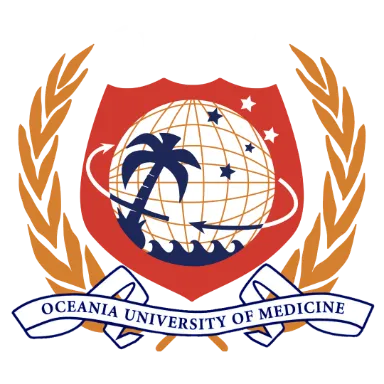by Chris May, MD, Director of Clinical Training (Australia), Oceania University of Medicine
Access to clinical training positions for medical students in Australia is becoming increasingly competitive. Universities are looking to increase medical graduates to meet growing demand, while the healthcare system still relies heavily on international medical graduates.
Funding the Future of Medical Education
It is not possible for universities to increase the number of medical graduates without a huge investment.
This poses a number of questions:
- Where will the funding come from?
- How much will be needed and for how long?
- Where will they train?
- How will training compete with service delivery?
- How will standards be maintained?
Hospitals Under Pressure
Public hospitals are under extreme stress due to a complete failure of adequate planning and creative innovation in healthcare delivery.
Already, the private sector is picking up some of the demand for clinical teaching.
Australian Medical Graduates Held Back by Foreign Labels
Then there are Australian students from international medical schools, such as Oceania University of Medicine (OUM), who are largely denied access to state and territory hospitals due to monopoly agreements with Australian universities. These are not international students, but Australians who actually train in Australia via an international medical school. And many already know the country’s healthcare system well. Many have years of experience as providers (e.g., nursing, pharmacy, and physio), but delayed their dream of attending medical school until OUM provided a hybrid curriculum that accommodated work and family responsibilities.
OUM Medical Graduates on the Rise
OUM has 150 graduates working in some capacity in healthcare across Australia as of May 2025, which is not an insignificant number. The number of OUM graduates in Australia is approximately 30 per year, and this number is expected to increase..
Rebuilding Medical Education in Australia Together
Meeting Australia’s healthcare needs demands a long-term, comprehensive, and evidence-based strategy to meet the country’s healthcare needs. This approach must move beyond outdated and ineffective practices, and instead be appropriately funded, well-coordinated, and, dare it be said, built on genuine collaboration between educational institutions, healthcare providers, and the very people they serve, NOT politicians.
I hope to be alive to see it.



